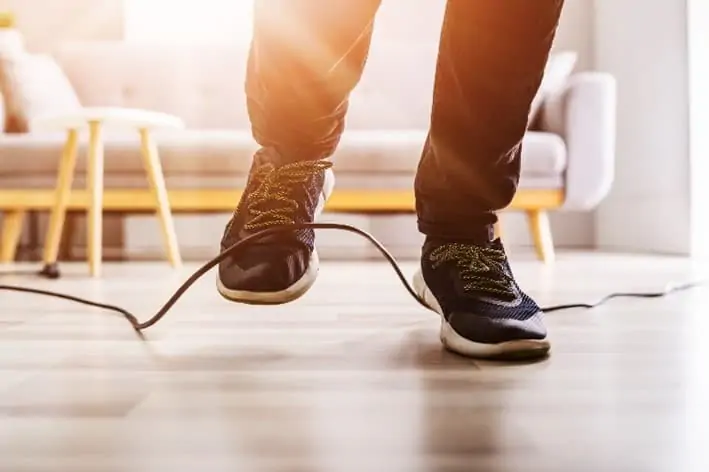
According to the World Health Organization, (WHO), falls are the second leading cause of unintentional injury deaths worldwide. Each year the WHO estimates that 684,000 individuals die from falls globally. 37.3 million falls each year are severe enough to require medical attention.
Adults older than 60 years of age suffer the greatest number of fatal falls. According to the Centers for Disease Control (CDC), each year, 3 million older people are treated in emergency departments for fall injuries. Another 800,000 are hospitalized because of a fall injury, most often related to head injury or hip fracture. Falls are the most common cause of traumatic brain injuries.
Common causes of tripping are:
- Obstructed view
- Poor lighting
- Clutter in the way
- Wrinkled carpeting
- Uncovered cables
- Bottom drawers not being closed
- Uneven walking surfaces
Statistics show that the majority of falls happen on the same level resulting from slips and trips. The remaining 30% are falls from a height. The risk of tripping can be reduced by making sure walking areas are clear from clutter and obstructions.
Also, make sure that the things you are carrying or pushing do not obstruct or prevent you from seeing obstructions, cables or cracks that pose as a tripping hazard. Use a flashlight if you enter a dark room where there is no light. And always keep your flooring in good condition. Never leave cords or cables exposed on walking surfaces in high traffic areas. Never place or leave anything on stair treads. Finally, always watch where you are walking when you encounter a sidewalk or other area which may be in disrepair or pose a tripping hazard.
